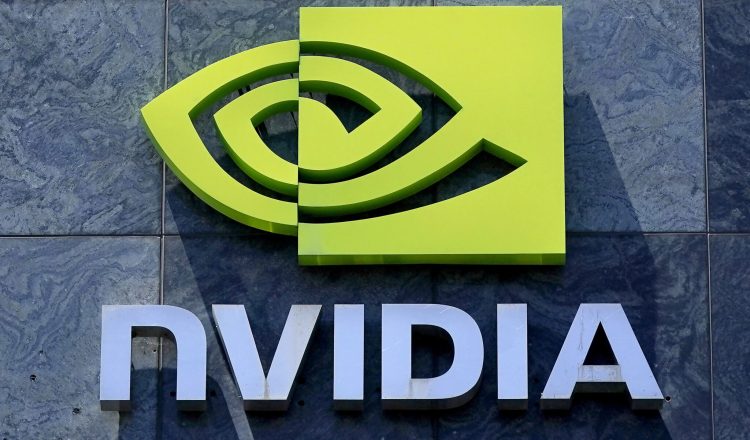Nvidia has skyrocketed to the top of the market, becoming the world’s most valuable company with a market cap of $3.3 trillion. This milestone marks a remarkable transformation for the chipmaker, which was worth less than 1% of its current value just eight years ago.
Founded in 1993, Nvidia has consistently been at the forefront of technological innovation, particularly in the fields of graphics processing units (GPUs) and artificial intelligence (AI). Its recent surge in value can be attributed to the global boom in AI and machine learning technologies, areas where Nvidia’s hardware has become essential.
Jensen Huang, Nvidia’s co-founder and CEO, expressed his pride in the company’s achievement. “This milestone is a result of the hard work and dedication of our team, as well as our relentless pursuit of innovation,” Huang said. “We remain committed to pushing the boundaries of what is possible with technology.”
The company’s GPUs have found widespread use not only in gaming but also in data centers, autonomous vehicles, and various AI applications. This diversification has allowed Nvidia to tap into multiple high-growth markets simultaneously, driving its stock price to new heights.
Analysts point to several key factors behind Nvidia’s meteoric rise. First, the explosion of AI and machine learning has created enormous demand for powerful computing hardware. Nvidia’s GPUs, known for their parallel processing capabilities, are particularly well-suited for these tasks. Second, the company has successfully expanded its reach into data centers, providing the backbone for cloud computing services offered by tech giants like Amazon, Google, and Microsoft.
Meanwhile, Nvidia’s acquisition of Arm Holdings for $40 billion in 2020 has solidified its position in the semiconductor industry. Arm’s technology powers billions of devices worldwide, from smartphones to servers, further integrating Nvidia’s products into everyday life.
Despite its recent success, Nvidia faces significant challenges ahead. The semiconductor industry is highly competitive, with companies like AMD and Intel continually innovating. Moreover, geopolitical tensions, particularly between the US and China, could impact global supply chains and market dynamics.
Nevertheless, Nvidia’s rise to the top is a remarkable story of transformation and adaptation. From its early days as a niche graphics card producer to its current status as a global tech titan, Nvidia has demonstrated an ability to pivot and innovate in response to changing market conditions.
Read also: Elisabeth Moreno Advocates for Increased Investment in African Startups





